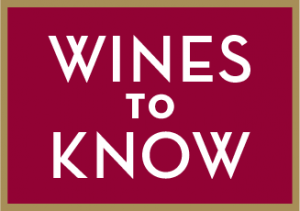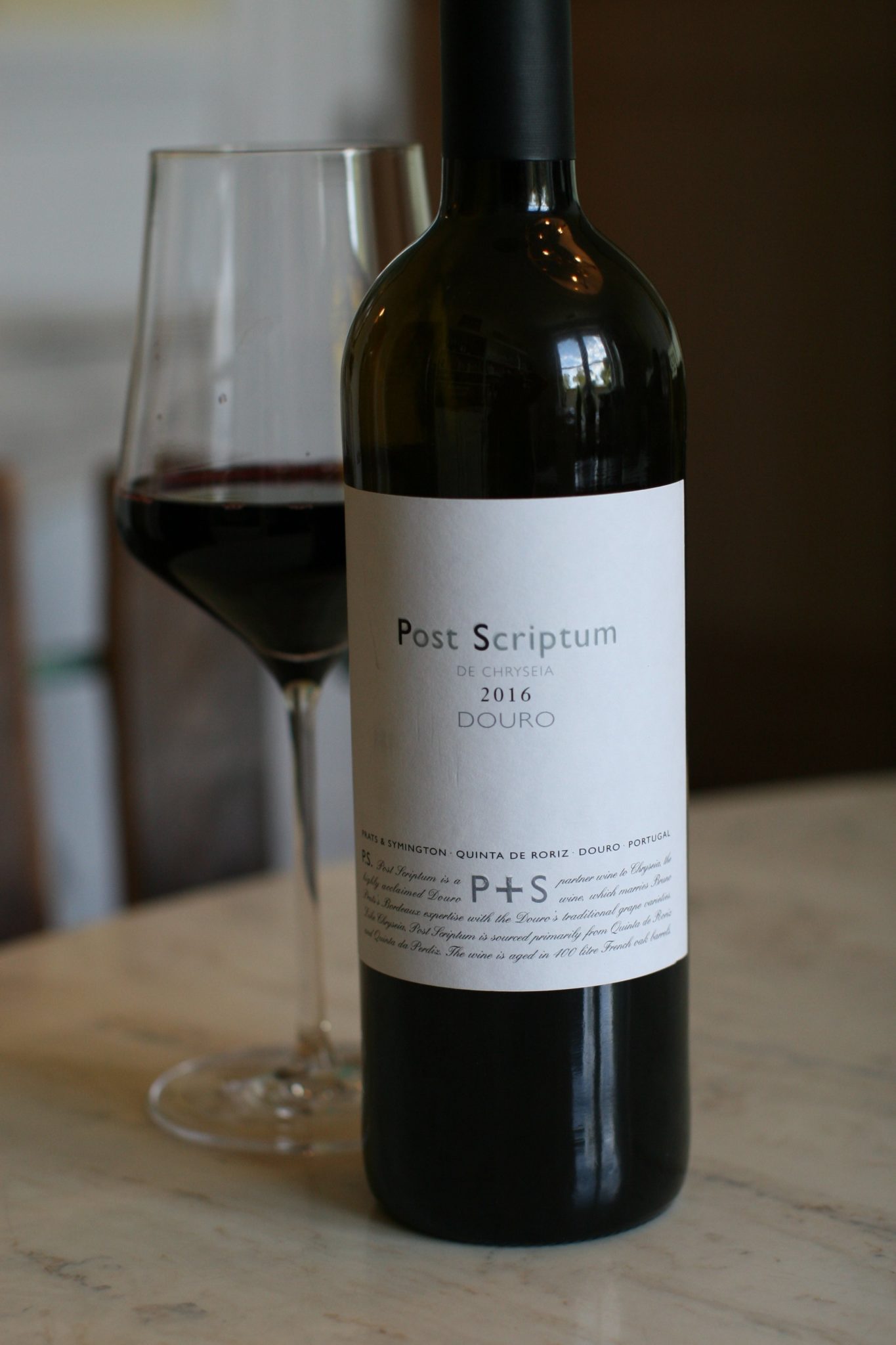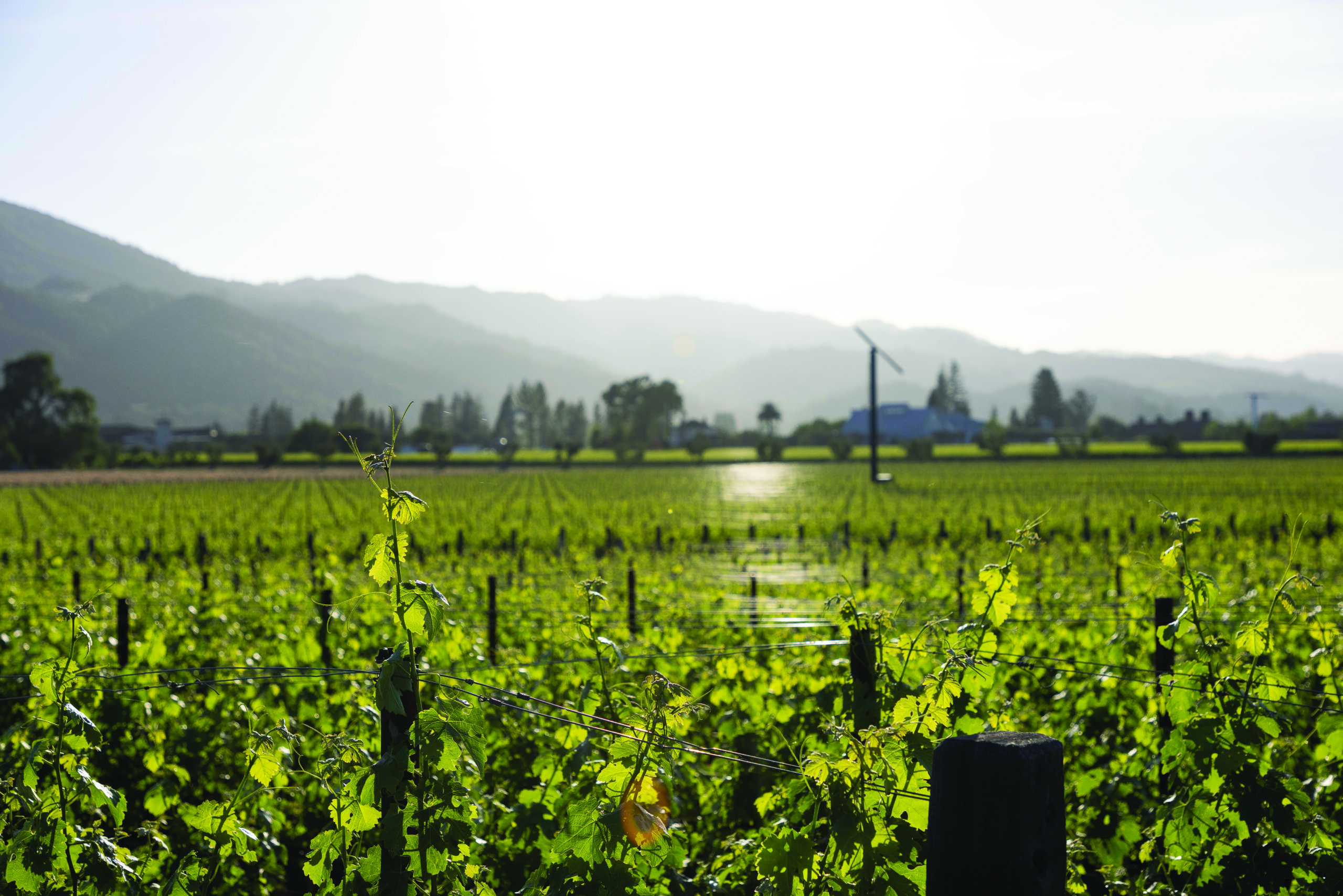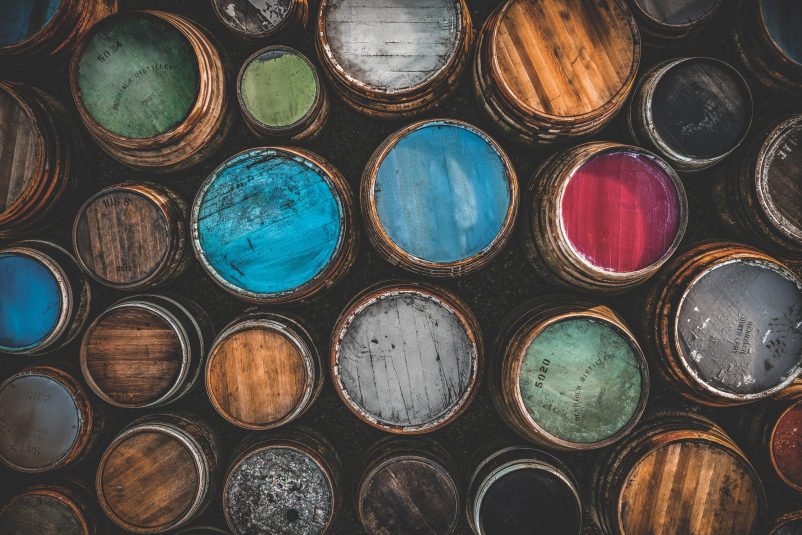
POST SCRIPTUM | “De Chryseia” 2016
(Douro Valley, Portugal) $20
 Dollar for dollar, the top dry red table wines of Portugal offer more flavor and personality than any other wines in the world. And flavor that’s fascinating—a dark mysterious deliciousnessthat combines spiciness, pepperiness and minerality with loads of earthy luscious fruit. Chryseia (the name means “golden” in ancient Greek) is a blend of touriga nacional and touriga franca, the two leading grapes of the Douro Valley. The wine has beautiful structure and is long on the palate. The winery itself is a joint venture of two of the top European wine families—the Symingtons of Portugal and the Prats of Bordeaux. Great winemaking is in their blood. (13.5% abv)
Dollar for dollar, the top dry red table wines of Portugal offer more flavor and personality than any other wines in the world. And flavor that’s fascinating—a dark mysterious deliciousnessthat combines spiciness, pepperiness and minerality with loads of earthy luscious fruit. Chryseia (the name means “golden” in ancient Greek) is a blend of touriga nacional and touriga franca, the two leading grapes of the Douro Valley. The wine has beautiful structure and is long on the palate. The winery itself is a joint venture of two of the top European wine families—the Symingtons of Portugal and the Prats of Bordeaux. Great winemaking is in their blood. (13.5% abv)
92 points KM
Available at Vivino.com

Which of the following winegrowing countries is the first to see the sun each day?
A. Australia
B. Japan
C. New Zealand
D. South Africa

![]()
Capsule
A capsule is the molded plastic, bimetal, or aluminum sheath that fits over the cork and top part of the neck of a wine bottle. Historically, capsules were Continue Reading…

“Dear Karen, where does the word vintage come from?”—Amelia S. (Albuquerque, NM)
Amelia, the word vintage derives from two French words: vin (wine) and age (age). The vintage date always refers to the year the grapes were grown, not the date of the wine’s release. Historically, wines were given vintage dates to give the drinker a start time to count from, so he or she would know how old a bottle of wine was.

Send your questions/comments to [email protected].

University of Washington was the first entity in the United States to bring in the famous Dijon clones of chardonnay.
Answer: False. The University of Oregon in Eugene was the first to bring the Dijon clones (clones are genetic subtypes of a variety) of chardonnay into the United States in the 2000s. The Dijon clones are named after Dijon, the city in Burgundy where France’s ONIVINS plant materials laboratory is located. These clones—with such exciting names as 115, 667, and 777—are heralded for their complex flavors and ability to ripen fully in cool climates. Obviously, this was a match made in heaven for Oregon wine country, which has a mostly cool climate.







